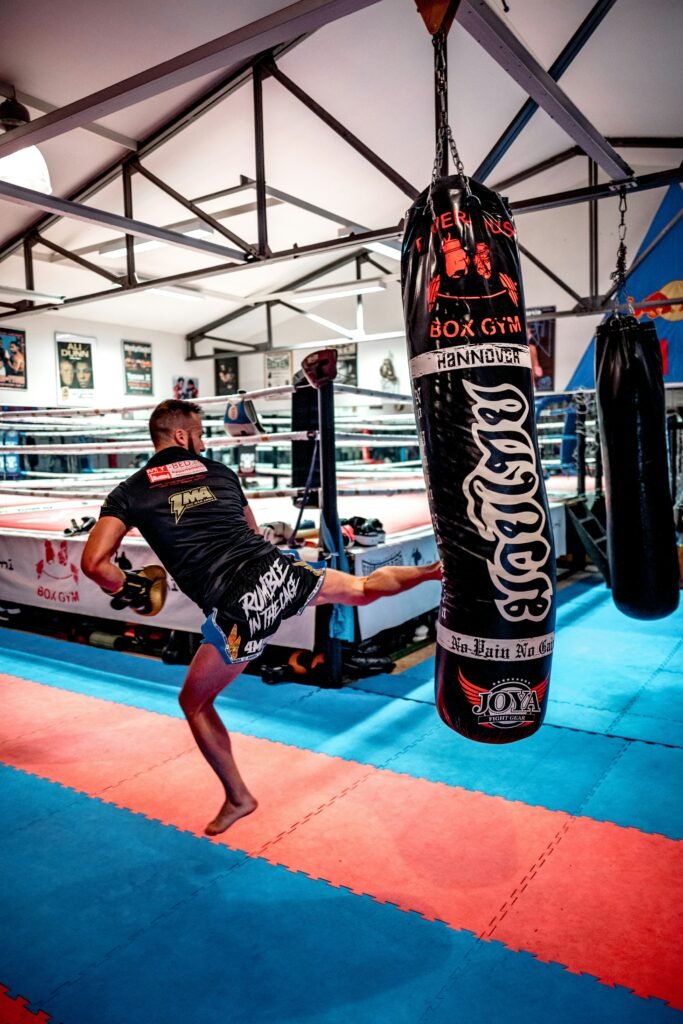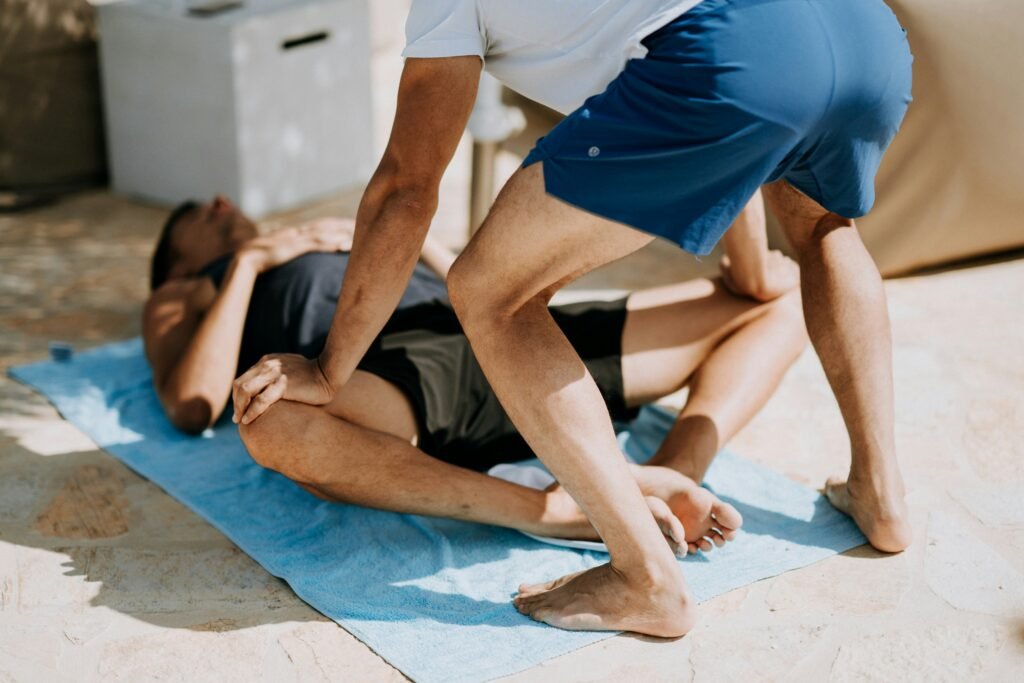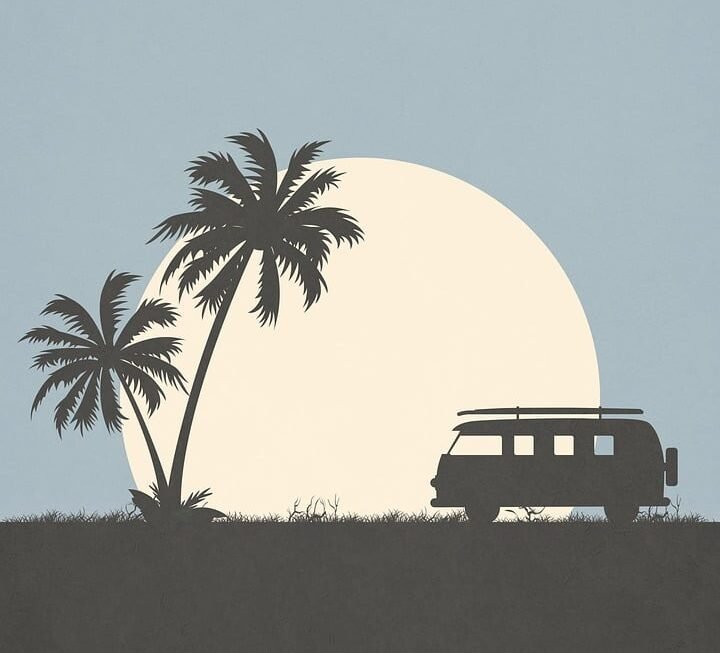Living in an apartment or small space can present unique challenges when it comes to training your furry best friend. However, crate training can be an incredibly valuable tool for both you and your pet. Not only can it provide a safe space for your dog, but it can also help with potty training, separation anxiety, and preventing destructive behaviors. In this article, we will explore the benefits of crate training in apartments and small spaces, offering practical tips and advice to make the process a positive experience for both you and your four-legged companion.

This image is property of images.unsplash.com.
Introduction to Crate Training in Apartments
Are you considering crate training for your furry friend in your apartment? Crate training is a valuable tool for teaching your dog appropriate behavior and providing them with a safe and secure space. In this article, we will explore the ins and outs of crate training in apartments, including its benefits, common misconceptions, and how to create a comfortable environment for your pet.
What is Crate Training?
Crate training involves using a crate as a designated space for your dog to rest, sleep, and feel safe. It is not about confining your dog for extended periods but rather providing them with a den-like environment that mimics their natural instincts. The crate serves as a personal sanctuary where your dog can retreat and relax, making it an ideal training tool for apartment living.
Benefits of Crate Training in Apartments
Crate training offers several advantages for both you and your furry friend in an apartment setting. Firstly, it helps with housetraining by teaching your dog to hold their bladder and bowels until they are taken outside. Additionally, crates can prevent destructive behavior when you’re not able to supervise your dog. They create a secure space that reduces anxiety and curbs undesirable chewing or scratching.

This image is property of images.unsplash.com.
Common Misconceptions about Crate Training
Before diving into the details of crate training, let’s address some misconceptions surrounding this training method. Some people believe that crate training is cruel or inhumane, but when done properly, it is a positive experience for your pet. Crating should never be used as a form of punishment, and it’s essential to ensure that your dog has plenty of exercise, mental stimulation, and social interaction outside of the crate.
Creating a Comfortable Crate
To make your dog feel at ease in their crate, it’s important to provide a comfortable and inviting space for them. Here are a few tips to make their crate cozy:
Choosing the Right Crate Size
Select a crate that is large enough for your dog to stand up, turn around, and lie down comfortably. A crate that is too small will be cramped, while one that is too large may encourage accidents since your dog may designate one corner as a potty area.
Providing Comfortable Bedding
Place soft bedding in the crate to make it comfortable for your dog. Opt for materials that are machine washable and easy to clean. Avoid blankets or bedding that your dog may chew and potentially ingest.
Adding Familiar Toys and Blankets
Including your dog’s favorite toys and blankets in the crate can create a sense of familiarity and make them feel more secure. The familiar scent and objects will provide them with a comforting environment.
Ensuring Proper Ventilation
Proper air circulation is crucial to maintain a comfortable and safe environment inside the crate. Choose a crate with sufficient ventilation, such as wire or mesh sides. Ensure that your dog has access to fresh air and that the crate is not in an area that gets too hot or cold.
Using the Crate for Housetraining
One of the significant benefits of crate training in apartments is its effectiveness in housetraining your dog. Here’s how you can utilize the crate to establish good bathroom habits:
Establishing a Routine
Establishing a consistent routine is vital for successful housetraining. Take your dog outside to eliminate immediately after they are let out of the crate, after meals, and before bedtime. This routine will help your dog understand when and where they should go potty.
Encouraging Positive Associations
Associate positive feelings with the crate by providing treats, praise, or a small toy whenever your dog enters the crate voluntarily. This positive reinforcement will make them more willing to go into the crate and associate it with positive experiences.
Using Crate for Potty Training
When you can’t directly supervise your dog, such as when you’re cooking or out for a short period, place them in the crate. Dogs naturally avoid soiling their living areas, so they are more likely to hold their bladder until they are let out of the crate.
Limiting Accidents in a Small Space
Living in an apartment means limited space, making accidents more challenging to prevent. By utilizing the crate, you can prevent your dog from wandering off and having accidents in hidden corners. The crate acts as a tool to confine them during unsupervised periods until they are properly trained.

This image is property of images.unsplash.com.
Preventing Destructive Behavior
Apartment living can be challenging, especially when it comes to preventing destructive behavior in dogs with excess energy. Here’s how crate training can help:
Keeping Your Dog Calm and Content
Crates provide a sense of security and help dogs feel calmer and more content. When your dog is in the crate, they are less likely to engage in destructive behavior out of boredom or anxiety.
Preventing Chewing and Scratching
By confining your dog in a crate when you’re unable to supervise them, you prevent them from chewing on furniture, electrical cords, or scratching doors. This not only protects your belongings but also ensures the safety of your dog.
Creating a Safe Space for Your Dog
A crate serves as a safe haven when your dog is feeling overwhelmed or anxious. It gives them a dedicated space they can retreat to when they need some solitude or relaxation.
Reducing Separation Anxiety
Dogs with separation anxiety can benefit greatly from crate training. The crate becomes a place of comfort and security, helping to reduce anxiety and prevent destructive behavior caused by stress when you’re away.
Efficient Space Utilization
Living in an apartment often means limited space, and crate training can help maximize that space efficiently. Consider the following points:
Maximizing Limited Apartment Space
Crate training allows you to make the most of your limited apartment space by providing your dog with their designated area. It eliminates the need for pet gates or unnecessary restrictions while still keeping your dog safe.
Crate as a Multifunctional Area
A crate can serve as a multifunctional space, doubling as your dog’s sleeping area and a place to relax during the day. By utilizing the crate effectively, you can save space and keep your apartment organized.
Storing and Organizing Pet Supplies
The crate can also act as a storage space for your dog’s toys, treats, and other supplies. By keeping everything accessible but hidden in the crate, you can maintain a clutter-free apartment.
Creating Boundaries Within the Apartment
Crate training can help establish boundaries within your apartment, designating certain areas as off-limits for your dog. This is especially useful when you have visitors or need to keep your dog separate from specific areas.
Facilitating Transportation and Travel
Crates are not only useful within your apartment but also beneficial for transportation and travel. Consider the following when using a crate for these purposes:
Making Crate Familiar for Travel
Introduce the crate as a comfortable space well before any travel plans. Gradually acclimate your dog to car rides by taking short trips and associating positive experiences with the crate.
Ensuring Safety During Transportation
When traveling by car, secure the crate using seat belts or other restraints to prevent it from moving during sudden stops or turns. This keeps both your dog and other passengers safe.
Utilizing Crates for Airline Travel
If you plan to fly with your dog, check with the airline for their specific crate requirements. Make sure the crate is sturdy, well-ventilated, and equipped with the necessary labels and identification.
Stress-Free Relocation with a Crate
Moving to a new apartment can be stressful for both you and your dog. Having a familiar crate can provide a sense of security during the transition and make your pet feel more at ease in the new environment.
Promoting Safety and Security
Crate training promotes safety and security in various ways, ensuring the well-being of both your dog and your apartment:
Preventing Access to Hazardous Items
When your dog is in the crate, you can control their environment and prevent them from accessing anything potentially harmful, such as cleaning supplies, medicine, or electrical cords.
Securing the Dog When Visitors Come
Having guests over can be overwhelming for some dogs. By confining your dog in their crate during these gatherings, you can ensure their safety and prevent any undesirable interactions with visitors.
Mitigating Risks During Emergencies
In case of emergencies like fires or natural disasters, having your dog comfortable and secured in their crate can make evacuation easier and minimize the risk of your dog getting lost or injured.
Providing a Retreat During Noisy Events
Living in an apartment means occasional noisy events, such as parties or construction. The crate offers a quiet retreat for your dog, shielding them from excessive noise and providing a calming environment.
Promoting Better Sleep
Quality sleep is essential for your dog’s overall well-being, and crate training can contribute to a restful night’s sleep:
Creating a Calm and Quiet Sleeping Environment
The crate can provide a peaceful sleeping area free from distractions, creating an optimal environment for your dog’s rest. Ensure the crate is located in a quiet part of your apartment away from loud noises or bright lights.
Avoiding Distractions During Rest
By confining your dog to a crate during bedtime, you prevent them from being easily distracted by household activities or noise disturbances. This helps them stay focused on sleep and get the rest they need.
Establishing a Bedtime Routine
Establishing a consistent bedtime routine, which includes placing your dog in the crate for sleep, helps signal to them that it’s time to relax and settle down for the night. This routine provides structure and promotes healthier sleep patterns.
Maintaining a Consistent Sleep Schedule
Crate training encourages a consistent sleep schedule for your dog, which can lead to better overall sleep quality. By allowing your dog to establish a routine, they will become accustomed to sleeping in their crate during designated times.
Being a Responsible Neighbor
Living in an apartment means being considerate of your neighbors. Here’s how crate training can help you be a responsible pet owner:
Minimizing Noise Disturbance
A properly trained and comfortably settled dog is less likely to bark or whine excessively, minimizing noise disturbance for your neighbors. The crate provides a designated space that promotes tranquility and reduces the likelihood of disruptive behavior.
Preventing Damage to Common Areas
Crate training reduces the risk of your dog damaging common areas in your apartment building, such as hallways, elevators, or communal spaces. By confining your dog to their crate when they’re not supervised, you can prevent any accidents or unwanted behaviors in these shared spaces.
Respecting Apartment Regulations
Many apartments have specific regulations regarding pet ownership. Crate training helps you abide by these rules by ensuring your dog is well-behaved and securely confined when necessary.
Being Considerate Towards Neighbors
By crate training your dog, you are being considerate towards your neighbors’ needs and boundaries. It shows that you are taking responsibility for your pet’s behavior and taking steps to mitigate any disturbances that may arise.
Gradual Crate Training Process
Crate training should always be approached gradually and positively. Follow these steps to ensure a smooth training process:
Introducing the Crate Positively
Initially, introduce the crate as a positive space by placing treats or toys inside and allowing your dog to explore on their own terms. Avoid forcing them into the crate or using it as a form of punishment.
Gradually Increasing Crate Time
Start with short periods of crate time while you are present, gradually increasing the duration as your dog becomes more comfortable. Gradual exposure helps your dog associate the crate with positive experiences rather than confinement.
Using Crate Training Techniques
Utilize crate training techniques, such as the “crate command” or clicker training, to help your dog learn that the crate is a safe and enjoyable place. Consistency and rewards for good behavior will reinforce the crate as a positive environment.
Rewarding and Reinforcing Good Behavior
Always reward your dog for good behavior in the crate. This can include treats, praise, or even a special toy reserved only for crate time. The positive reinforcement helps your dog associate the crate with positive experiences and encourages them to willingly enter the crate.
In conclusion, crate training in apartments offers numerous benefits for both you and your dog. It creates a comfortable and secure environment, aids in housetraining, prevents destructive behavior, maximizes limited space, facilitates transportation and travel, promotes safety and security, promotes better sleep, fosters responsible pet ownership, and can be achieved through a gradual and positive training process. By following these guidelines and being consistent and patient, you can successfully crate train your dog and provide them with a happy and healthy living environment in your apartment.



